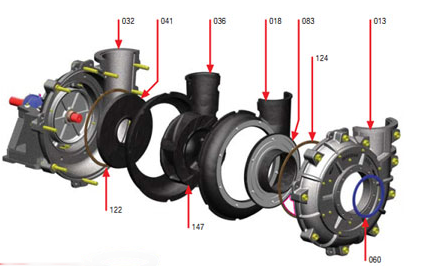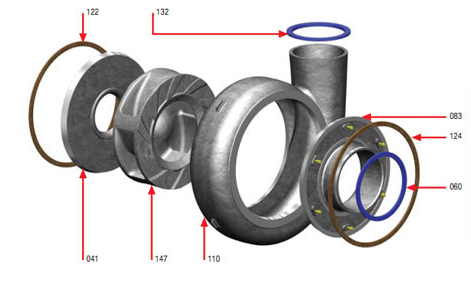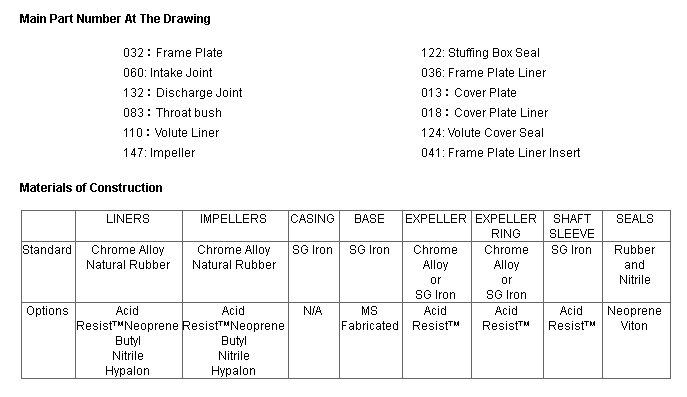First, the symptoms of harm Canola root disease typically manifests in the roots of the plant. Affected areas develop abnormal growths that appear as spindle-shaped or irregularly shaped tumors. These tumors mainly form on the main root and less commonly on the lateral roots. In the early stages, the surface of the tumor is smooth and white, but over time it turns brown and becomes rough with cracks forming. As the condition progresses, these cracked areas become vulnerable to secondary infections, leading to rotting and a foul odor. During the initial phase of infection, plants may show signs of wilting during midday when temperatures are high. This is because transpiration increases, causing water loss. However, due to the damage to the root system, the plant’s ability to absorb water is reduced, resulting in dehydration. At this stage, the above-ground parts of the plant may wilt, especially under dry conditions. However, in the early morning or late evening, when temperatures drop, the transpiration rate decreases, and the plant may recover from the wilting. If the disease continues to progress, the plant may eventually become completely weak or die. Second, prevention and treatment methods    1. Prevention. Preventing canola root disease requires careful management practices aimed at reducing pathogen presence in the field. Creating an environment that supports healthy plant growth while discouraging pathogen development is essential. Implementation includes avoiding planting rapeseed in infected areas and rotating crops with non-cruciferous plants such as rice. A 4 to 5-year rotation cycle in heavily affected fields can significantly reduce disease incidence. Improving drainage by deep trenching and clearing ditches helps prevent waterlogging, which reduces soil moisture and limits pathogen spread. Avoiding low-lying or acidic soils for planting and using fly ash-based fertilizers to improve soil quality also contributes to disease prevention. It's important to select disease-free seedlings and to burn or compost diseased plants after harvest. Compost should be fully decomposed before being used in new fields. While these measures can greatly reduce the risk of disease, they are not always 100% effective.    2. Treatment. When only a few diseased plants are observed, it's crucial to remove them immediately and apply lime to the affected areas for disinfection. If the disease is more widespread, you can use 50% carbendazim WP diluted at 500 times and apply 250 ml per plant directly to the roots. Alternatively, 40% pentachloronitrobenzene powder mixed at 500 times can be used to fill the root area, applying 400–500 ml per plant. These treatments can help control the spread of the disease effectively.    Â
1. Naipu L series lower abrasive slurry pump description
L series Rugged heavy duty slurry pump for
medium to lower heads.It incorporates the same design points of the
NP-AH(R) and plus higher efficiency impellers at an attractive initial
cost.Designed for rugged duties while offering higher efficiencies, the
NP-L series is a combination of the proven NP-AH(R) unique features.The
pump is available with interchangeable liner options including both
metal and various grades of elastomer depending on the application.
Slag Granulation
2.L series lower abrasive slurry pump construction drawing
3. L lower abrasive slurry pump select chart
4. L Lower abrasive slurry pump performance parameters
Type
Allowable Mating Max. Power(Kw)
Clear Water Performance
Impeller
Capacity/Q m³/hr
Head/m
Speed/rpm
Max Efficiency/%
NPSH/m
Nos of Vane
Impeller Diameter/mm
20A--NP-L
7.5
2.34-10.8
6--37
1400--3000
30
4
152.4
50B-NP-L
15
16.2--76
9--44
1400--2800
55
3.5--8
5
190
75C-NP-L
30
18-151
4--45
900--2400
57
3--6
4
229
100D-NP-L
60
50-252
7-46
800--1800
60
2--3.5
4
305
150E-NP-L
120
115--486
12-51.5
800--1500
65
2--6
4
381
200E-NP-L
120
234--910
9.5--40
600--1100
64
3-6
4
457
250F-NP-L
120
396--1425
8--30
500--800
77
2--10
5
550
300S-NP-L
560
468--2538
8--60
400--950
79
2-10
5
653
350S-NP-L
560
650--2800
10--59
400--840
81
3--10
5
736
400ST-NP-L
560
720--3312
7--51
300--700
80
2--10
5
825
450ST-NP-L
560
1008--4356
9--48
300--600
80
2--9
5
933
550TU-NP-L
1200
1980-7920
10-50
250-475
86
4-10
5
1213
Lower Duty Slurry Pump,AH Mining Pump,L Lower Abrasive Slurry Pump,Lower Duty Slurry Pumps Shijiazhuang Naipu Pump Co., Ltd. , https://www.naipu-pump.com
Typical Applications---
Chemical Process
Heavy Minerals
Plant Water Supply
Thickener Overflow
Paper and Pulp




Total 1 | <First <Prev 1 Next> Last> |
share to: